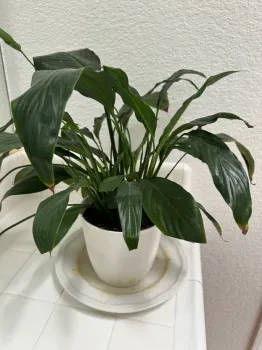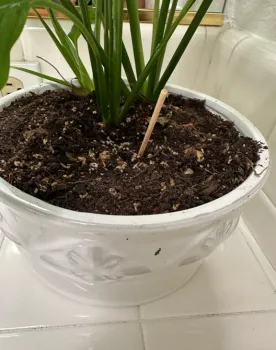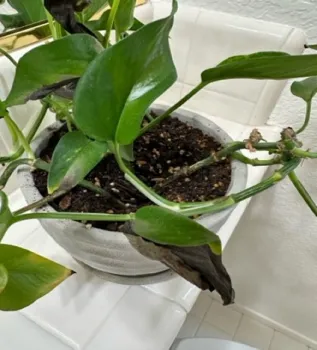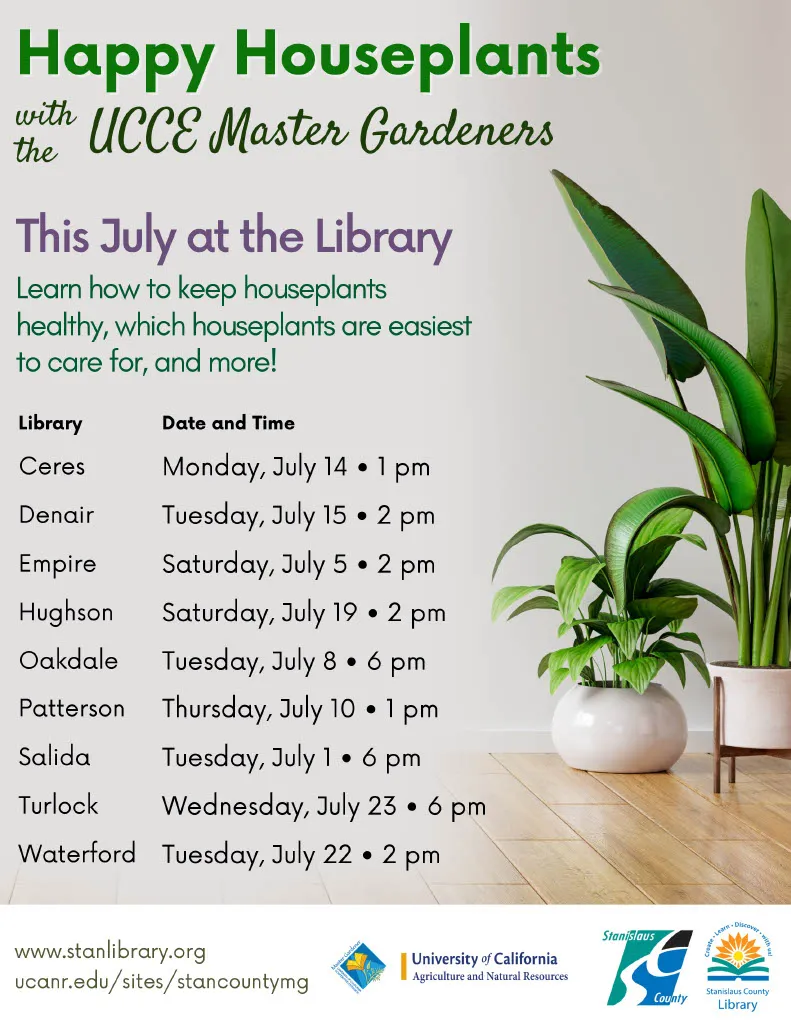
Houseplants can add beauty and a sense of well-being to any indoor space. Studies from the National Institute of Consumer Horticulture (NICH) show that plants help clean air indoors, and that being around plants helps raise productivity, boost creativity, lower stress hormones, accelerate healing, and give us something to care for. You can read more about the benefits of plants in their #PlantsDoThat publications.
To keep your indoor leafy companions happy and healthy, providing the right care is essential. Drawing from the expertise of the UC Agriculture and Natural Resources (UC ANR), here's a guide to successful houseplant care, covering crucial aspects like light, heat, water, fertilizing, and pruning.
As in real estate it’s all about Location, Location, Location!
When selecting a plant, consider where you want to put it and select the right plant for the location. Light and temperature are key to finding the right location. Proper lighting is crucial for plant growth and overall health. Different plants have different light needs, ranging from low light (3 hours or fewer daily) to highlight (6 or more hours daily). Consider the direction of your windows: Southern exposures offer the most intense light, but this will vary widely depending on time of year. Many plants don’t do well in north facing windows since they receive the least amount of light. Most plants do well in east or west facing windows which have the least variation in seasonal light changes. You may need to adjust plant placement for different seasons to protect them from excessive direct sunlight, especially during the summer. Signs of insufficient light include stunted growth, leggy stems with longer spaces between leaves, and new leaves that are smaller or lighter green than older leaves. Plants with variegated leaves may lose their distinctive markings.

Many houseplants don’t tolerate extreme changes in temperature. Most indoor plants thrive in daytime temperatures between 70 to 80°F and nighttime temperatures between 65 to 70°F. Avoid temperature extremes and drafts from heating or air conditioning sources.
Most houseplants originated in the tropics where humidity is high and benefit from periodic light misting or being near a water source such as a dish with water.
It may be tempting to put your plant outdoors for some fresh air during spring or early summer, but plants are like babies – they sunburn easily. Houseplants are called houseplants because that’s where they thrive, in the house. While a sunburned plant may recover, even a few brief hours of outside time can kill a plant.
Plants are not people! Do not over water or over feed.
Watering frequency depends on various factors, including the plant species, size, container volume, potting mix, light intensity, and indoor environmental conditions. Some plants prefer uniformly moist soil while others prefer to dry out a bit. Keeping the soil too moist can prevent roots from taking in oxygen, an essential for a healthy plant. A good indicator is to check the top inch of soil. Let the topmost soil dry out before watering again. For succulents, the top inch should feel mostly dry. I keep a wooden skewer in my houseplants so I can move soil around to check it at various depths with my finger.
When you water, water thoroughly until water drains from the bottom of the pot (all pots should have a drainage hole), ensuring the entire root zone is hydrated. Water quality is important. Some areas have water with heavy mineral content which can build up in soil and harm plants. You can counter this by periodically placing your plant in the sink or bathtub and watering until water exits the bottom and adding more water to flush the salts and minerals out. If possible, use bottled drinking water to minimize salt buildup. Ensure good drainage and never let pots sit in standing water, as this can lead to root rot.

Fertilizing provides essential nutrients for new growth and some plants require regular fertilizer to flower. Fertilize during periods of active growth, typically from March to October. Avoid overfertilizing, as this can lead to salt buildup, excessive growth, and root damage. Consider using a diluted liquid fertilizer applied monthly during the summer. Using one quarter to one half the recommended liquid fertilizer amount but applying more frequently can help prevent over-fertilization. Always apply fertilizer to moist soil to prevent root burn. Newly purchased plants may have received a large dose of fertilizer prior to sale so don't fertilize newly purchased plants for at least 6 weeks.
Keeping it Tidy: Pruning and Grooming
Regular grooming keeps plants looking their best and can help reduce insect and disease problems. Remove spent flowers, dying or yellowing leaves, and dead branches. For bushy plants like impatiens or basil, pinching back the foliage promotes fuller growth. Plants that grow long such as pothos can be trimmed and the cuttings rooted in water or soil to generate new plants. For woodier plants, use pruning shears to trim for shape and health. If a plant is overgrown and pruning isn't sufficient, consider repotting the plant into a larger container.
By following these guidelines and paying attention to your plants' specific needs, you can enjoy the many benefits of having lovely, healthy, thriving houseplants in your home.
What’s bugging my plant?
Indoor plants live in a more controlled environment, but are still susceptible to pests including virus, bacteria, fungus and insect. Next month’s article will have more information, but if you can’t wait and would like to learn more, read the publication listed under resources from UC IPM.
Future articles will discuss needs of specific houseplants and hopefully help you care for you plant babies or help with selecting new plants. Regardless of what room in your house needs a little perking up, there is a perfect plant for that area.
Resources
UC IPM. Pest Notes: Houseplant Problems. https://ipm.ucanr.edu/legacy_assets/PDF/PESTNOTES/pnhouseplantproblems.pdf
NICH (National Institute for Consumer Horticulture. Plants do that. https://consumerhort.org/plantsdothat-3/
Photos by author.
Author: Barbara Kissinger Santos has been a UC Master Gardener since 2024.
July Classes from the UC Master Gardeners - Happy Houseplants

